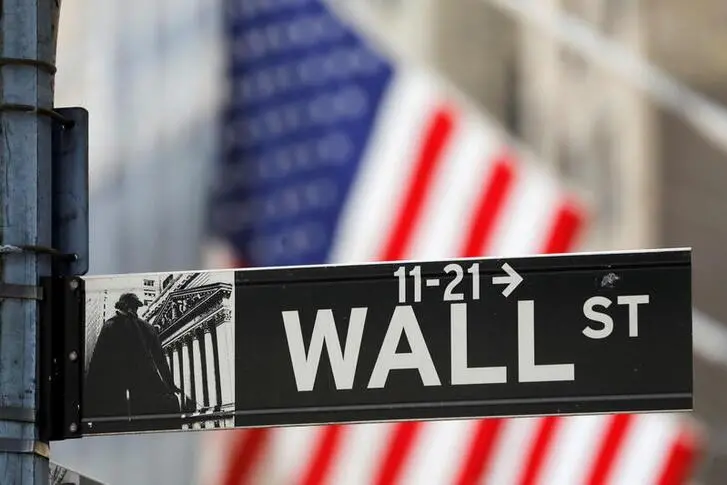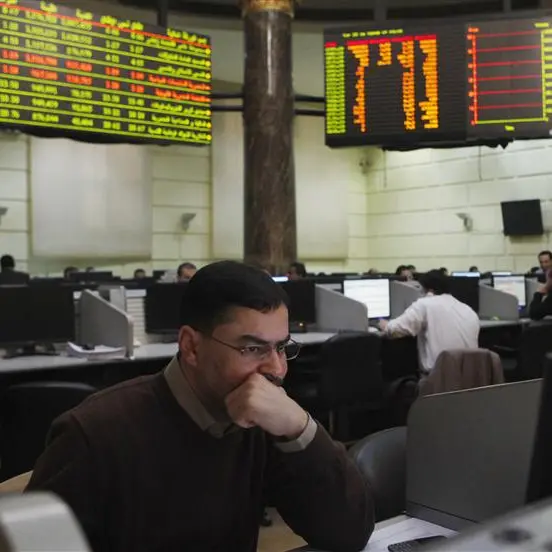PHOTO
U.S. high-yield corporate debt markets may be underpricing for the risk of a recession even as Treasuries and macroeconomic indicators reflect rising growth fears, but that may be tested soon with corporate earnings projected to worsen.
Leveraged loans and high-yield corporate bond prices have fallen from record highs reached early this year as rates increase and their spreads over benchmark rates widen, but they still reflect a relatively rosy economic outlook.
“Credit spreads are too tight, they are not adequately reflecting the risk of recession. Other models that we use, whether it’s the yield curve or the macro-economic hard data are more bearish,” said Matthew Mish, head of credit strategy at UBS, adding that at some point “these need to converge.”
UBS said that spreads on high-yield, or "junk," bonds and leveraged loans imply recession odds of 25-30%, while other models show a 55% probability of a downturn. Leveraged loans and junk bonds are high-risk corporate debt.
Loans typically having floating rate payments and a secured claim on a company's assets in a default, while bonds are unsecured and often have fixed rates.
Their borrowing rates have been held in check by solid liquidity while default rates are near historical lows and not seen likely to spike significantly near-term.
Earnings were better than expected in the second quarter on average, but higher rates and slowing growth are expected to make a bigger dent in profits soon, which could bring rating downgrades and higher default risk.
“There are definitely more concerns about this downgrade risk and potential recession concerns, but it’s not being reflected adequately in the price because in place fundamentals are still healthy and positioning is already defensive,” said Srikanth Sankaran, head of U.S and European credit at Morgan Stanley.
Many fund managers say they are wary on the outlook. Risks are likely to be first seen in loans, which have seen rapid growth, higher leverage, declining credit quality and looser credit terms in recent years, even as the high-yield bond market saw overall credit improvement.
“The loan market’s credit quality today is lower than it has been in the past,” said Michael Chang, head of high yield credit at Vanguard, adding that “while valuations have improved, risks are still elevated.”
Risks are not evenly distributed, with many pointing to the leveraged buyout (LBO) heavy “B” rated loan segment, the second lowest tier before default, as posing the greatest concern.
Scott Macklin, director of leveraged loans at AllianceBernstein, sees the risk of a large number of downgrades of these B companies to the CCC area, the lowest ratings band, as they face higher borrowing costs and reduced earnings.
The fund manager thinks this could eliminate substantially all of the free cash flow of the average unhedged B issuer. “There is a moderate amount of concern reflected in loan prices currently, though we do not believe the market has fully wrapped its head around the fact that many companies simply cannot afford to pay the higher interest costs, especially as demand moderates,” he said.
POCKETS OF OPPORTUNITY
While the outlook is risky, more bifurcation between the performance of credits is also creating opportunities. Anders Persson, chief investment officer for global fixed income at Nuveen, said that the firm is "legging into" high yield bonds and leveraged loans, with a focus on better quality "BB" and high "B" rated companies, even as it is "expecting more volatility."
While the odds of a “soft landing and a mild recession” are already priced in, a hard landing isn’t yet, he noted. Vanguard’s Chang still sees opportunities in sectors that are benefiting from a recovery in demand as the economy reopens from COVID shutdowns, such as airlines, lodging and gaming.
The firm, though, retains a defensive posture and an up in quality bias. AllianceBernstein's Macklin notes that at current spreads in the mid 500 basis point range according to the JP Morgan Leveraged Loan Index, loans could experience a 8% default rate for each of the next 5-6 years.
That is "well higher than any stretch in history, and still likely return more than money market funds, providing a solid risk-return profile for long-term investors," he said.
The next few quarters may determine whether the market remains ripe for credit picking, or if there is more deterioration across the board in prices and credit quality.
“For now the credit market's still taking comfort from in place fundamentals and a slow pace of deterioration. I think the next couple of earnings seasons will be a critical test for that hypothesis,” said Morgan Stanley’s Sankaran.
(Editing by Alden Bentley and Chizu Nomiyama)




















